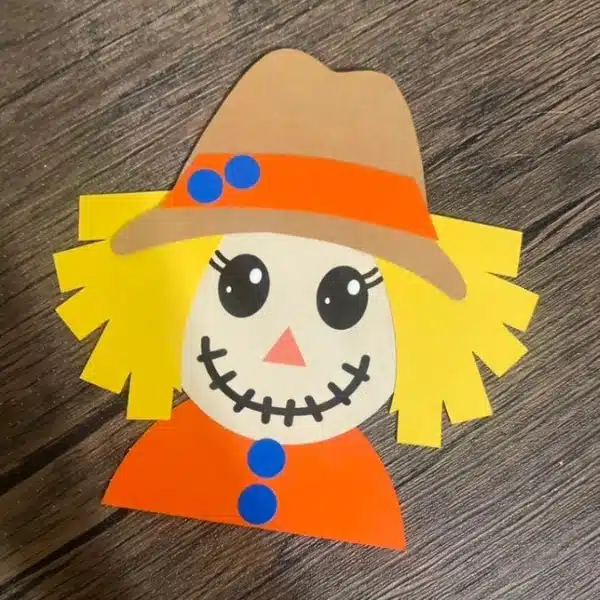What are some carving tips for beginners?
Carving takes practice and developing your own technique and style takes time. But there are some basic tips you'll want to remember when starting the woodblock carving process.
- As a safety precaution, always cut away from your body.
- Place your block on a plastic mat or surface that will keep it from slipping while you carve.
- You don't need to carve deeply to have a good result, experiment with deep and shallow gouges to see the different effects.
- Don't cut across the grain, this will cause splintering.
- Keep your tools sharp for the most effective results.
- Edges don't need to be abrupt, you can use slopes and curves to create softer lines.
- Leave space around your image, it will give you a dry area to grip while printing.
- Use V-gouges for outlining and details and U-gouges for clearing large areas.
- Remember to think in negative and positive space. The wood you are clearing away will be clear, while the raised areas of the wood will take the ink you place on the block.
- Don't be afraid to do a test print, this is the easiest way to know if you need to refine your carving. Newspaper and other scraps are great for this until you are ready to create the finished print.
How does the printing process work?
Once your woodblock is carved, the printing process is similar to other block printing methods. You'll take a small amount of ink and spread it on a glass plate. Run the brayer over the ink to get an even coating, ensuring that you don't place too much ink on the brayer. If you have the correct amount, you'll hear a hissing sound as the brayer rolls over the ink.
With the brayer loaded, roll lightly from all four directions—loading the brayer with ink each time you pass over the block. You don't need to press down, as you just want the raised portions of the block to take the ink, leaving the carved area clean and clear of ink.
Now, lay the loaded block face up and gently lay your paper on top of it. Using a baren, apply even pressure to the paper and slowly move in a circle to allow ink to seep into the paper. Take care not to move the paper or tear it by rubbing quickly. Once the ink begins to show through the back of the paper, slowly pull it away from the block.
And voilà—you have a finished print!
Enjoying getting creative? Share your DIY projects in our DIY & Crafts Facebook group.
Related Articles:
7 Cool Crafts That Are Making a Comeback (And How You Can Start Crafting Today)
8 Print Artists That Will Inspire You to Try Silk Screen Printing at Home
What is Ebru Art? Exploring the Ancient Techniques of “Painting on Water”






















































































